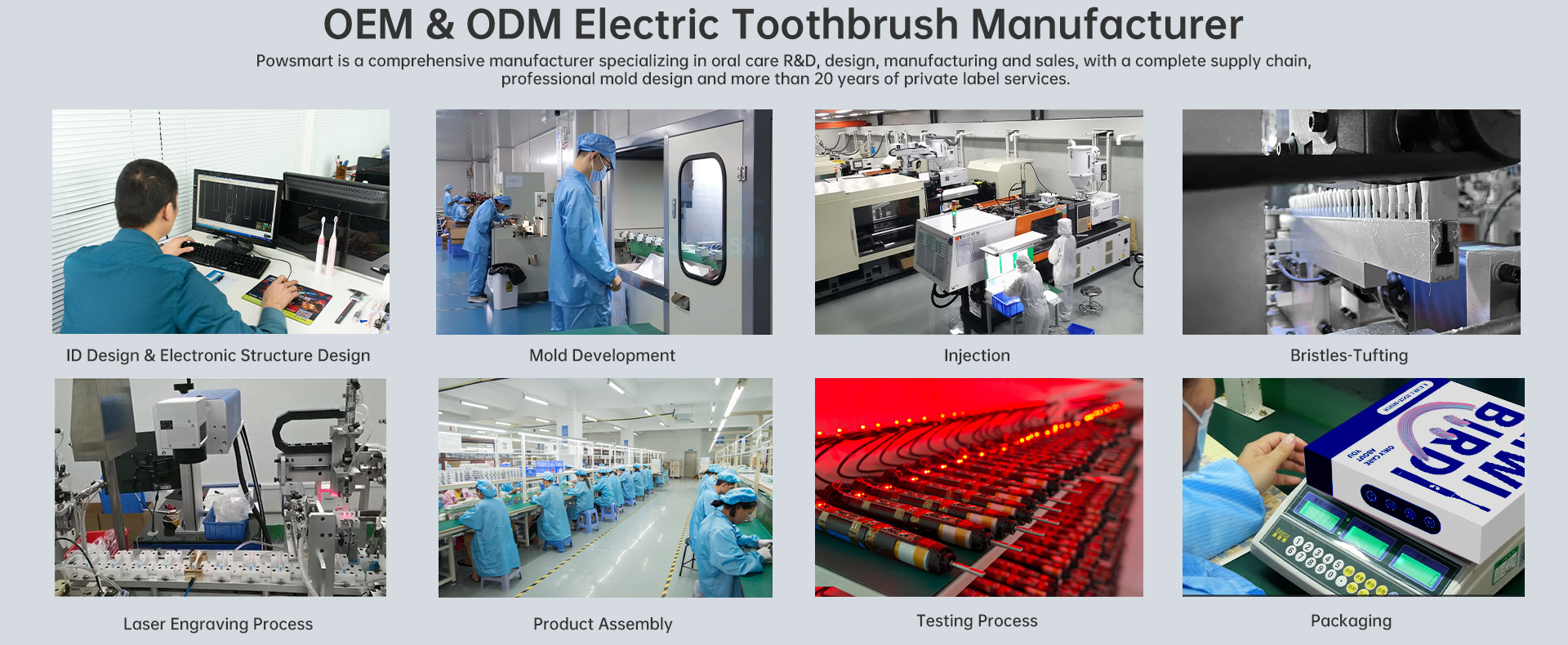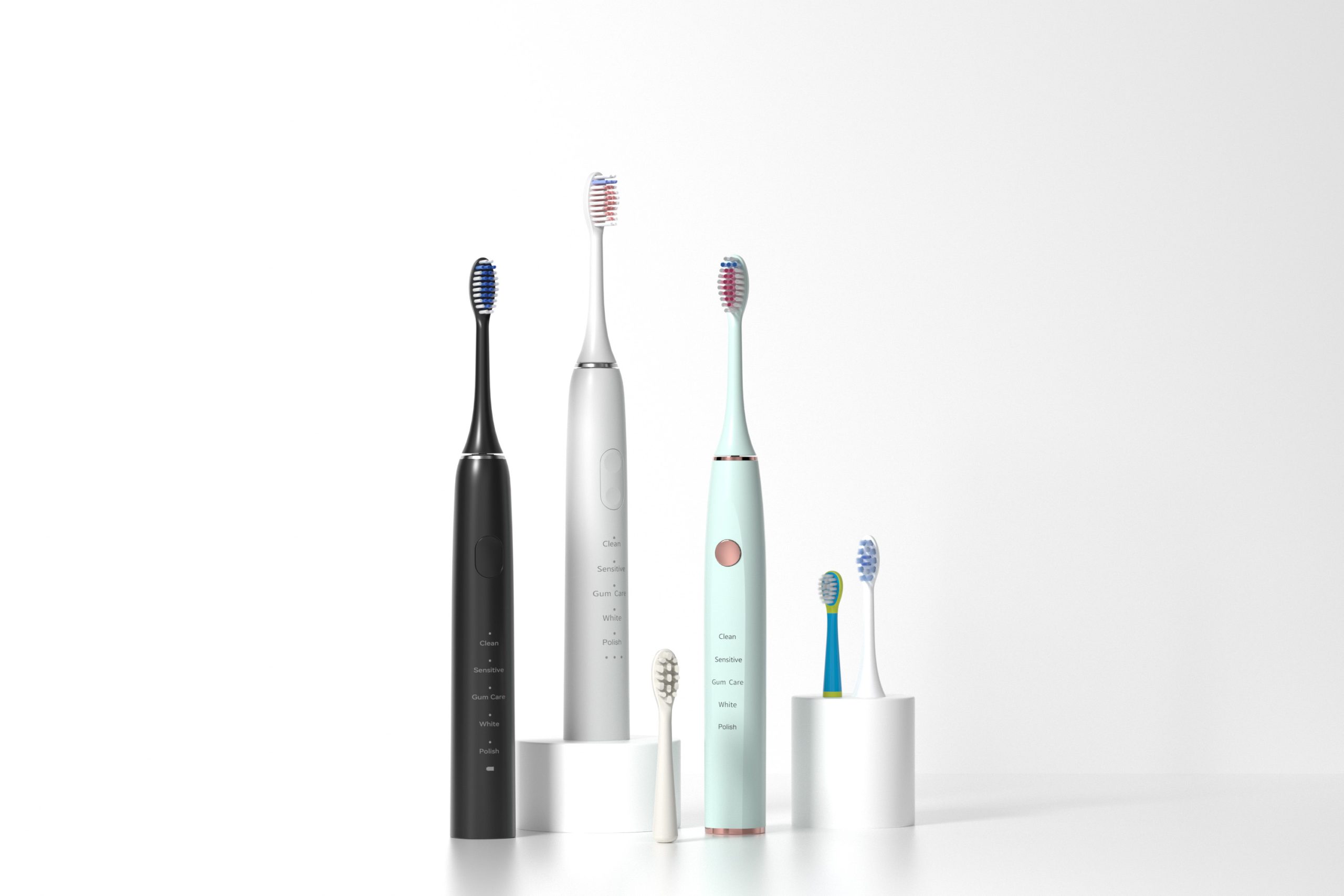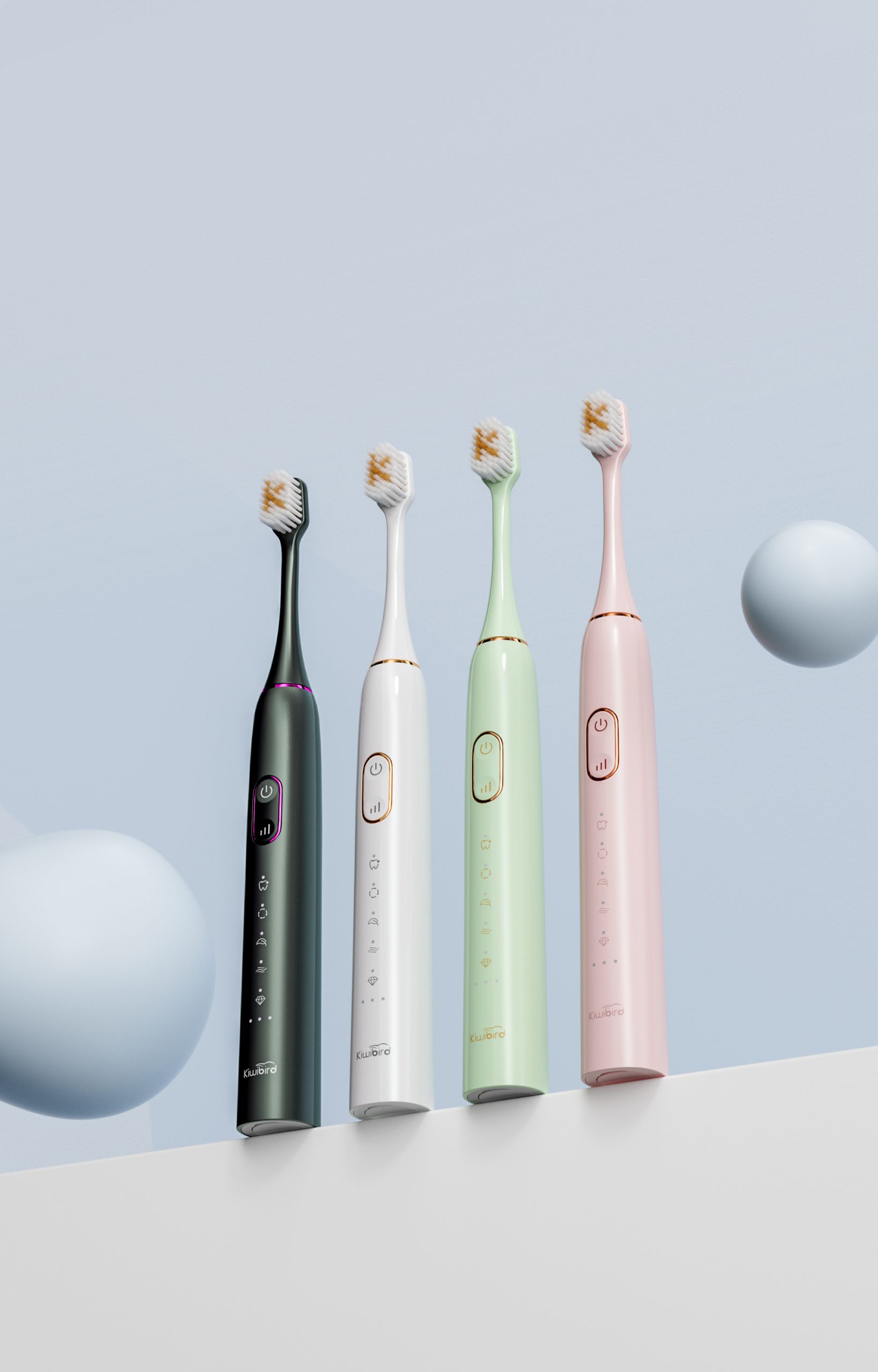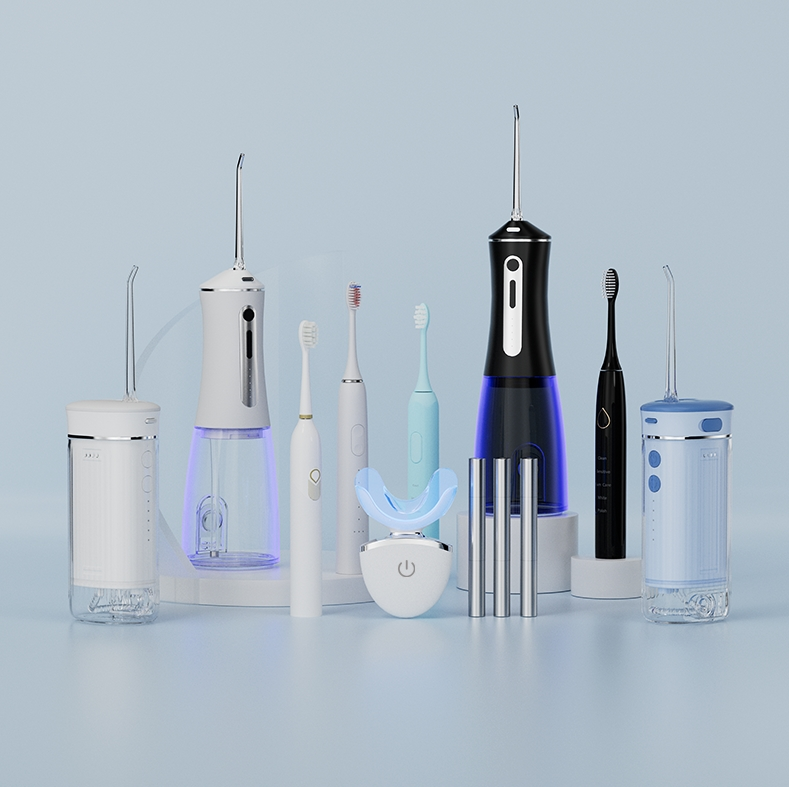When mechanical faults in oral care devices intersect with biological tissue damage, the implications become serious. One such example is the combination of pump seizure and gingival abrasion. A malfunctioning fluid delivery system—especially when the pump motor locks or stalls—can not only interrupt device performance but may also result in aggressive water jets or sharp pulsation, leading to gum trauma. For OEM/ODM manufacturers in the oral device sector, identifying whether this pairing is rare or recurring—and how critical it really is—is vital for both product safety and brand integrity.
Pump seizure refers to the sudden halt or locking of the fluid pump mechanism, typically caused by internal mechanical wear, clogging, or overheating. In water flossers or irrigators, this can lead to:
Over time, repeated seizure events reduce device lifespan and compromise end-user experience.
One direct but often overlooked consequence of pump malfunction is gingival abrasion—the mechanical scraping or irritation of gum tissue. When a seized pump resumes operation unpredictably or delivers water at incorrect pressure, it may:
Such issues can cause discomfort, micro-tears in gum tissue, and even bleeding with sensitive users.
Several product-level and usage-level factors make the link between pump seizure and gingival abrasion more likely:
The convergence of these factors magnifies the risk of critical injury or long-term tissue damage.
OEM developers should carefully audit materials and mechanical tolerances that contribute to seizure:
Similarly, nozzle materials and surface finishes should be evaluated to ensure that, even during pressure faults, they minimize abrasive contact.
To reduce the chances of pump seizure causing gingival abrasion, product developers can adopt the following measures:
These steps not only enhance safety but also extend the product’s usable lifespan.
From a B2B perspective, this issue touches on liability, brand trust, and regulatory compliance. Even a single report of user injury tied to gingival abrasion can damage brand credibility if traced to pump seizure that was preventable. For ODM and OEM buyers, it is therefore critical to:
Proactive quality control is no longer optional—it’s a key differentiator.
The convergence of pump seizure and gingival abrasion is more than a hypothetical risk—it’s a critical failure mode with real-world consequences. For oral care device manufacturers, addressing this vulnerability with smart design and resilient materials is not just about reliability—it’s about ensuring user health and safeguarding brand equity. The fix is possible, but only with focused engineering and responsible QA protocols. Contact Kiwibird
-300x300.jpg)
-300x300.jpg)

Professional electric toothbrush factory

Competitive Wholesale Oral Care Products for Your Store – Bulk Deals & OEM Options
.jpg)
KiwiBird Launches Bulk Personalized Toothbrush Customization Service, Redefining Oral Care
pH Imbalance Plus Taste Distortion – Toxic?
.jpg)
Proven Strategies to Unlock Premium Water Flosser Brands Positioning
Indicator Failure Leading Periodontal Pocket Deepening – Undetected?

The Growing Potential of the Oral Care Business: Trends, Opportunities & Market Insights

Oral care beauty trend :How Oral Care Became Beauty’s Sexiest New Category
China adult electric toothbrush factory:Powsmart
Adapter Overheating with Circuit Shorting – Fire Risk?
-2-scaled.png)
Small Business – Health & Household Oral Care Products
Valve Jamming Causing Salivary Alteration – Fixable?

What’s Driving the Oral Care Category Now?
.jpg)
Taste Distortion Alongside pH Imbalance – Vicious Cycle?
Light Decay Causing Gingival Discoloration?

Are Oral Care Products Suitable for TK Small Businesses?
.jpg)
Florida Electric Toothbrush – Powsmart PTR-C8

Electric toothbrush heads Charcoal Infused-Diamond

electric toothbrush heads Deep Clean

electric toothbrush heads Regular Clean

electric toothbrush heads Ultra Soft

Customization Teeth Whitening Gel

electric toothbrush heads Charcoal Infuse-Round

Private Label Whitening Gel
whstapp
whstapp
National Toll-Free Service Hotline
+86 755 86238638